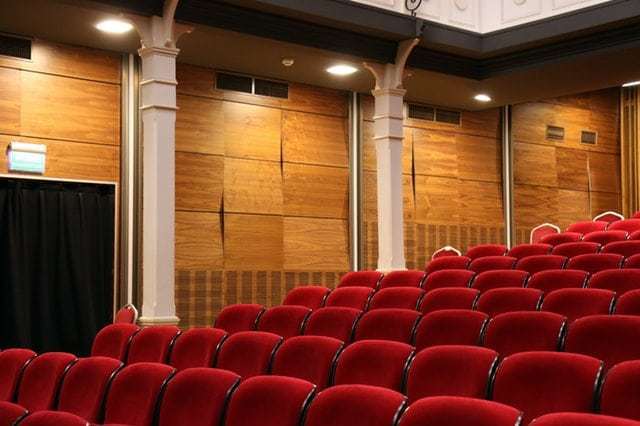
A Dynamic Opportunity in Memphis
A Dynamic Opportunity in Memphis
Memphis will soon be the site of a tremendous opportunity to help your students. On October 28th and 29th, a seminar entitled “Effective Strategies for Struggling Learners” will be held.
 The purpose of this seminar is to help educators work more effectively with students that struggle in the classroom. The main thing that many take away from this seminar, other than the specific strategies, is this main point—all students are capable of academic success regardless of their social or ethnic background. High expectations transcend all barriers. They transcend race, gender, and economics.
The purpose of this seminar is to help educators work more effectively with students that struggle in the classroom. The main thing that many take away from this seminar, other than the specific strategies, is this main point—all students are capable of academic success regardless of their social or ethnic background. High expectations transcend all barriers. They transcend race, gender, and economics.
Participants hear the message “do not let anyone tell you who you can or cannot teach. Who you can or cannot reach.” This seminar revives spirits. It reignites the passion and love for teaching that many educators lose track of over the years.
In the past, administrators have sent some of their “naysayers” knowing that they’ll come back believing in their students and in their ability to reach them. This is just one of the reasons so many have attended this seminar in the past!
What else does this dynamic opportunity offer educators?
Specific Strategies to Improve Student Achievement
This seminar is entitled effective strategies because it features strategies I’ve developed that schools have used across the nation to help struggling students exponentially improve their achievement.
The results are usually a tremendous increase in student test scores for individual teachers, schools, and districts that take the strategies they learn at the seminar and use them consistently with their students all year long.
I became a teacher because I believe that students from challenging backgrounds like my own are just as capable of academic success as anyone. These strategies have helped to prove this point for many years.
An intriguing factor regarding the strategies is that they’ve been shown to be effective for Pre-K through 12th grade, and in schools that are economically well off as well as in those that are economically challenged. This opportunity to use additional strategies combined with what a school may already be doing is often the boost schools need to get to the next level.
Boost Teacher Enthusiasm and Creativity
Another reason the seminar works so well is that bringing a group to the seminar is like taking the teachers on a retreat to bond, regroup, and refocus.
This fresh perspective can be crucial in October because it allows the group to assess what’s happened up to this point and acquire new ideas for the rest of the year. It’s like a breath of fresh air away from the day-to-day pressures of teaching.
Educators can get back in touch with why they became a teacher in the first place. Many who attend mention how much fun they had while learning. I call this inspiration plus information, and ask each participant to practice this with the students in his or her classroom. It’s something that I model throughout the seminar. Just as when I was a teacher, I try to make it so much fun they don’t realize how much they’re learning!
Networking Opportunities
This seminar is extremely interactive and allows participants to network with each other. This not only gives them more information and additional techniques, it allows them to meet and talk to people they can correspond with over time. I’m very proud to say that many have done this with excellent results. This seminar is an excellent opportunity for educators of all levels to supplement the strategies they have.
Let’s not forget that Memphis is a fantastic city to visit as well. It’s conveniently located on the border with Mississippi, while giving quick access to those in Arkansas along with the great folks in Tennessee. It also has an international, world-class airport. Memphis offers great food, music, and entertainment to enjoy after a busy day at the seminar.
Register Online or Contact Me!
So what are you waiting for? You can register online or email me for more information. I hope to see you at this year’s Effective Strategies for Struggling Learners seminar on October 28-29, 2019. If these dates don’t work for you, consider joining us in New Orleans February 10-11, 2020!

